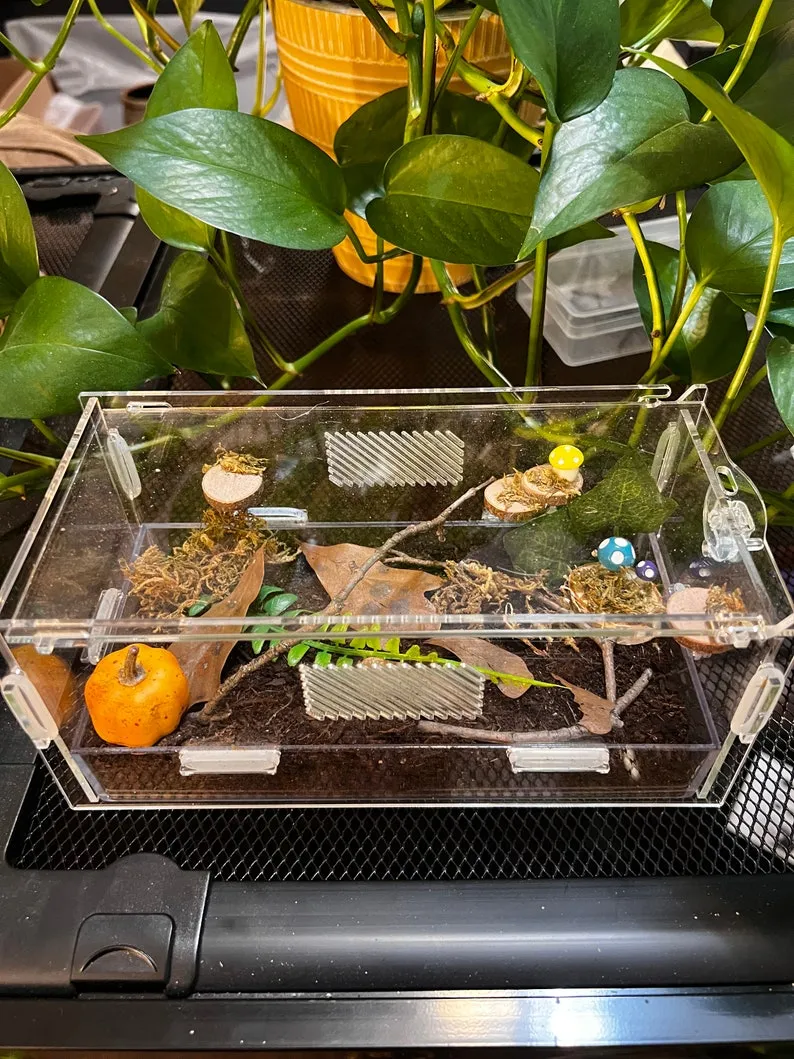Bringing a tarantula into your home is an exciting experience, but proper care is essential for their well-being. One of the most critical aspects of tarantula care is ensuring their enclosure has adequate ventilation. Tarantulas, like all living creatures, require a healthy environment to thrive. Poor ventilation can lead to a host of health problems, including mold growth, respiratory issues, and even death. This guide will explore the essential aspects of tarantula enclosure ventilation, providing you with the knowledge you need to create a safe and thriving habitat for your eight-legged friend. We’ll cover everything from the importance of airflow to practical methods for maintaining optimal conditions.
Understanding Tarantula Enclosure Ventilation
Ventilation in a tarantula enclosure is far more than just a hole in the lid; it’s a complex process of exchanging stale air with fresh air. This exchange is crucial for several reasons. First, it prevents the buildup of harmful gases, such as carbon dioxide and ammonia, produced by the tarantula’s waste and the decomposition of organic matter in the enclosure. Second, it helps regulate humidity levels, which are vital for the tarantula’s health and molting process. Finally, proper ventilation minimizes the risk of mold and bacteria growth, creating a cleaner and healthier environment for your pet. A well-ventilated enclosure mimics the natural environment of the tarantula, contributing to its overall health and longevity. It is about creating a microclimate that supports the tarantula’s specific needs, taking into account its species and the environmental conditions.
Why Ventilation Matters
The significance of proper ventilation extends beyond simply providing fresh air. It directly impacts the tarantula’s health and the overall cleanliness of the enclosure. Stagnant air can lead to a buildup of moisture, creating a breeding ground for mold and bacteria. These microorganisms can cause respiratory infections and other health issues for the tarantula. Moreover, poor ventilation can affect the tarantula’s molting process. During molting, tarantulas are extremely vulnerable, and the correct humidity and air quality are critical for a successful molt. Without proper ventilation, the humidity may become too high, hindering the molting process and potentially leading to the tarantula’s death. Therefore, ventilation is a fundamental aspect of tarantula care.
The Importance of Airflow
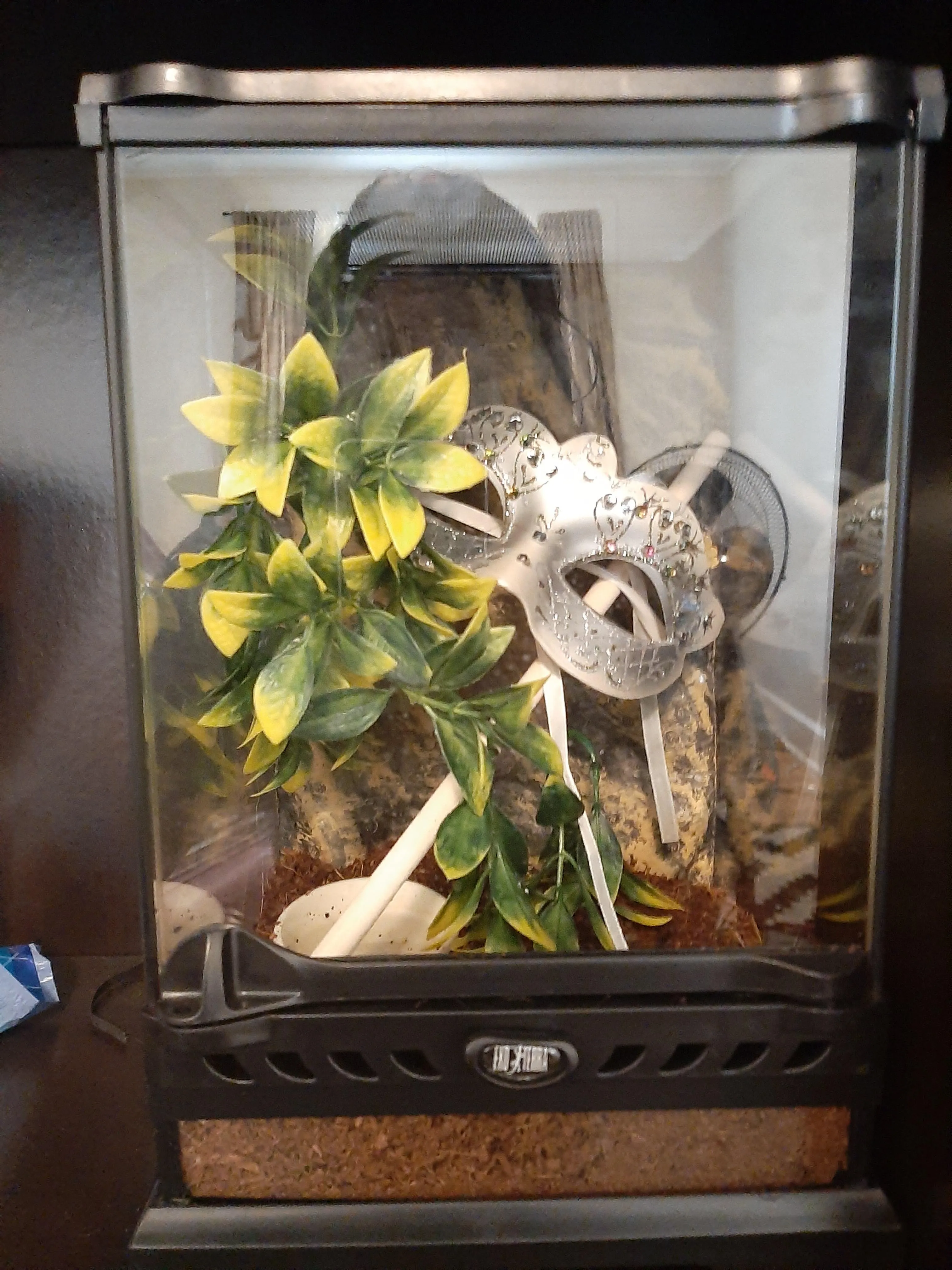
Airflow is the engine of effective ventilation. It ensures a continuous exchange of air within the enclosure. This exchange is what removes stale, humid air and introduces fresh, drier air. Proper airflow prevents the accumulation of harmful gases, like ammonia, which can irritate the tarantula’s respiratory system. It also plays a crucial role in regulating humidity levels. Without adequate airflow, humidity can quickly build up, leading to mold and bacterial growth. The design and placement of ventilation openings are key to creating good airflow. The openings should be strategically placed to allow air to circulate throughout the enclosure, not just at the top or bottom. Airflow is a dynamic process, affected by temperature, humidity, and the enclosure design.
Humidity Control and Ventilation
Ventilation and humidity are intrinsically linked in a tarantula enclosure. Maintaining the correct humidity levels is vital for the tarantula’s health and well-being. Excessive humidity can lead to mold growth, while too little can cause the tarantula to dehydrate. Ventilation helps regulate humidity by removing excess moisture from the enclosure. The amount of ventilation required varies depending on the tarantula species. Some species thrive in more humid environments, while others prefer drier conditions. By adjusting the ventilation, you can fine-tune the humidity levels to meet your tarantula’s specific needs. Regular monitoring of humidity levels and adjustments to ventilation are essential to maintaining a healthy environment.
5 Must-Knows for Tarantula Enclosure Ventilation
Proper Ventilation Methods
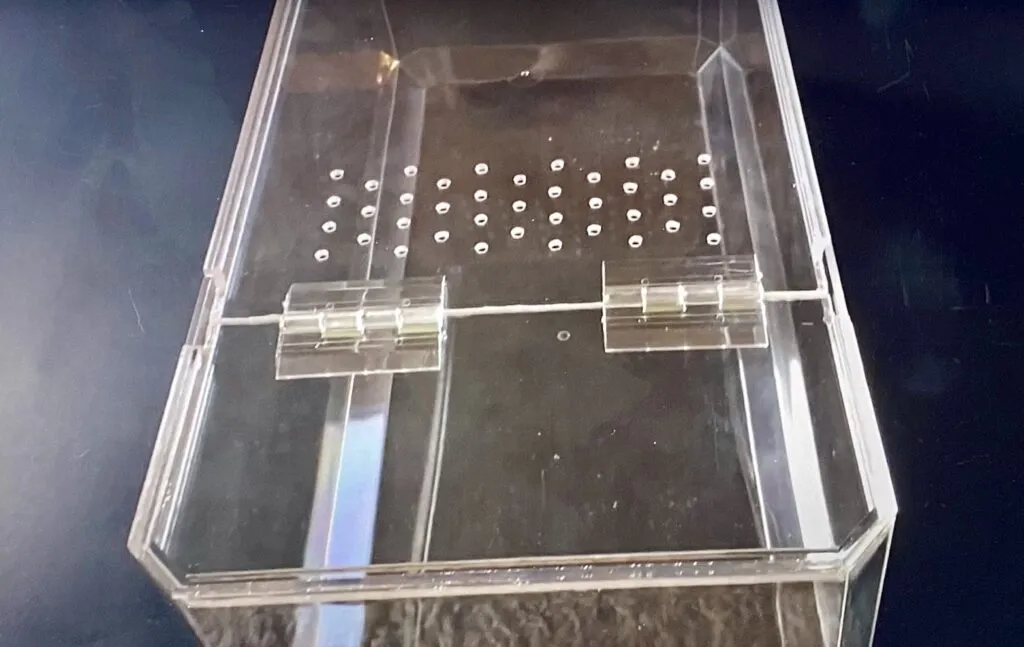
Several methods can be used to achieve proper ventilation. The most common is to incorporate ventilation holes or slots in the enclosure’s lid or sides. The size and placement of these openings are critical. Ensure the holes are small enough to prevent the tarantula from escaping, but large enough to allow for adequate airflow. Cross-ventilation, where air enters from one side and exits from the other, is often the most effective. Another option is to use a screened lid, which provides excellent ventilation but can also impact humidity levels. Consider the specific needs of your tarantula species when choosing the ventilation method. Experimentation might be necessary to find the right balance.
Choosing the Right Enclosure
The type of enclosure you choose plays a crucial role in ventilation. Glass terrariums with screened tops are a popular choice, offering good ventilation and visibility. However, ensure the screen is secure to prevent escape. Plastic enclosures with pre-drilled ventilation holes are also a good option, as they are lightweight and easy to clean. When selecting an enclosure, consider the size appropriate for your tarantula’s species and adult size. The enclosure should be large enough to allow for proper airflow and offer enough space for the tarantula to move and burrow. The enclosure’s material and design should also be durable and easy to maintain. Look for enclosures with ventilation options that suit the species’ specific needs.
Ventilation Placement and Design
The placement and design of ventilation are paramount for effective airflow. Ideally, ventilation should be placed in a way that promotes cross-ventilation, with air entering from one side or the bottom and exiting from the opposite side or the top. This design helps to circulate the air throughout the enclosure, preventing stagnant pockets. Ventilation near the substrate is also important, as it helps to remove moisture from the bedding. The size and number of ventilation holes should be proportional to the enclosure’s size and the tarantula’s species. For example, a terrestrial species might need more ventilation near the bottom to keep the substrate dry, while an arboreal species might benefit from more ventilation near the top. Consider the enclosure’s overall design and how it facilitates or hinders airflow.
Monitoring Airflow and Humidity
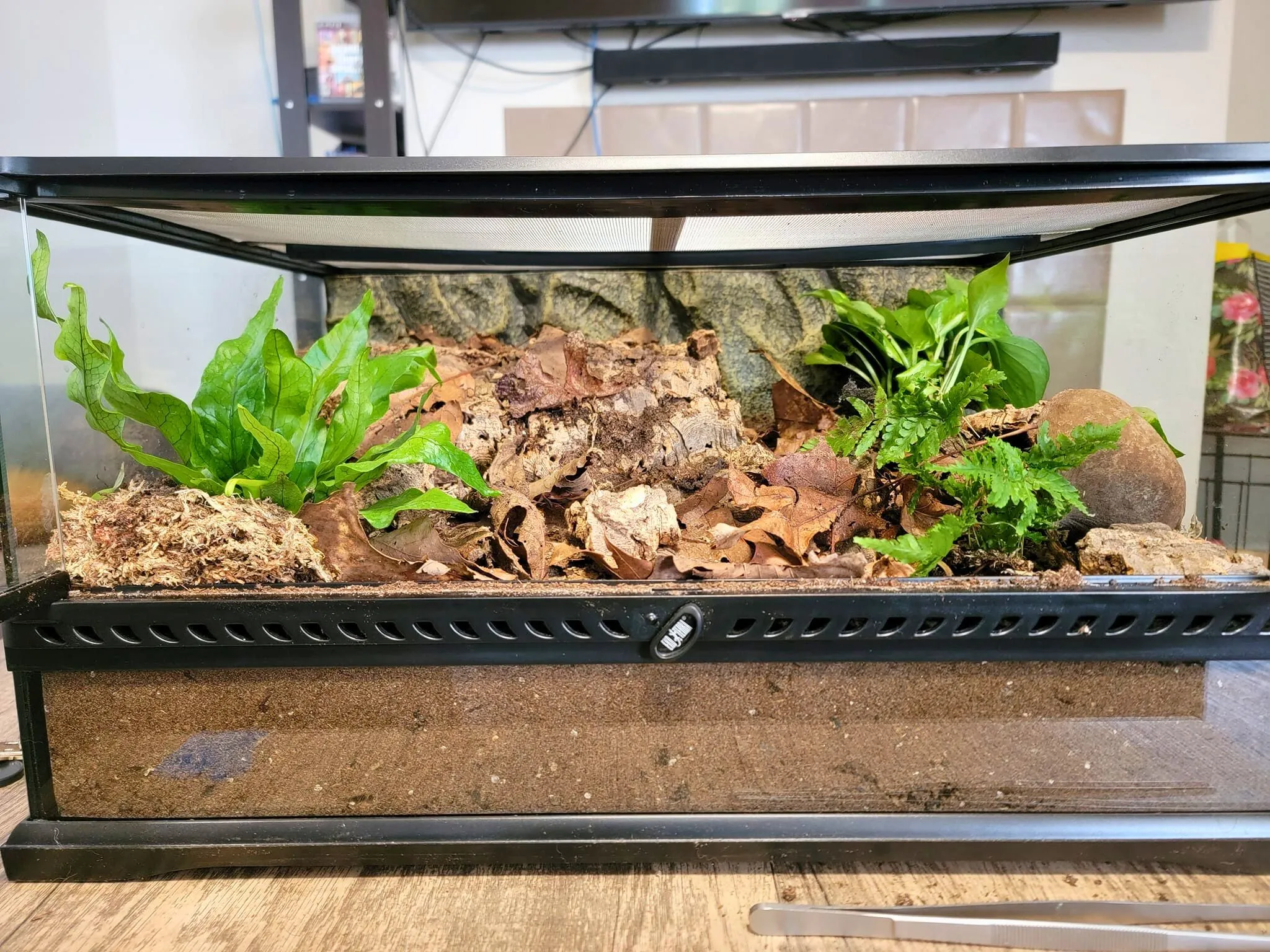
Regular monitoring of airflow and humidity is essential for maintaining a healthy tarantula enclosure. Use a hygrometer to measure humidity levels. The ideal humidity range varies depending on the species, so research the specific requirements of your tarantula. Observe the enclosure for signs of condensation, which can indicate excessive humidity. If condensation is present, increase ventilation. You can also observe the tarantula itself for signs of problems, such as lethargy or refusal to eat. Airflow can be assessed by observing how quickly odors dissipate from the enclosure and by ensuring there is no visible mold or mildew growth. Consistent monitoring enables you to make necessary adjustments to maintain a thriving environment for your tarantula.
Recognizing Signs of Poor Ventilation
Recognizing the signs of poor ventilation is critical for preventing health issues in your tarantula. One of the most common signs is excessive condensation on the enclosure walls. This indicates high humidity, which can lead to mold and bacterial growth. Another sign is the presence of mold or mildew in the enclosure. You might also notice a stale or musty odor, which indicates a buildup of harmful gases. Look out for changes in your tarantula’s behavior, such as lethargy or loss of appetite. In extreme cases, poor ventilation can lead to respiratory problems. If you observe any of these signs, immediately assess and adjust the ventilation of the enclosure.
Avoiding Common Ventilation Mistakes
Several common mistakes can compromise ventilation. One is using an enclosure with insufficient ventilation holes or vents. Another is blocking ventilation with substrate, decorations, or other items. Over-watering the enclosure can also lead to excessive humidity and poor ventilation. Failing to adjust ventilation based on the tarantula’s species and the environmental conditions is another mistake. Finally, neglecting regular cleaning and maintenance of the enclosure can contribute to poor air quality. Being aware of these common mistakes and taking steps to avoid them is crucial for maintaining a healthy environment for your tarantula.
Maintaining Optimal Ventilation
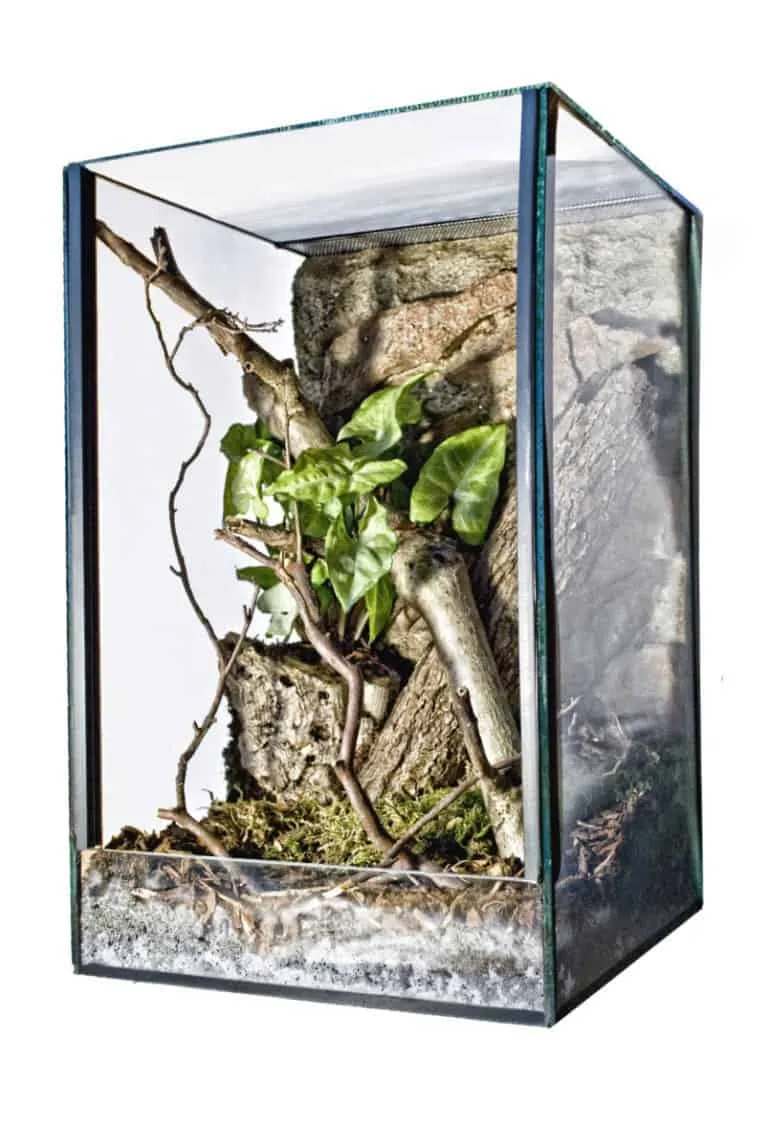
Regular Cleaning and Maintenance
Regular cleaning and maintenance are essential for maintaining optimal ventilation. Remove uneaten food and waste promptly, as they can contribute to the buildup of harmful gases. Replace the substrate regularly to prevent the growth of mold and bacteria. Clean the enclosure walls and decorations to remove any condensation or buildup. Regularly inspect the ventilation holes or vents to ensure they are clear of obstructions. Wipe down the enclosure with a pet-safe disinfectant to prevent the spread of bacteria. By establishing a regular cleaning and maintenance routine, you can ensure a clean and healthy environment for your tarantula, supporting proper ventilation and overall well-being. A clean enclosure is a well-ventilated enclosure.
Adjusting Ventilation Based on Species
The ventilation requirements of tarantulas vary depending on their species. Terrestrial species, which live on the ground, typically require drier conditions and more ventilation near the substrate to prevent mold growth. Arboreal species, which live in trees, often need higher humidity levels, but good ventilation is still essential to prevent stagnant air. Research the specific ventilation and humidity requirements of your tarantula species. Adjust the size and placement of ventilation holes, the amount of substrate, and the frequency of misting to meet the needs of your pet. Observe the tarantula’s behavior and the enclosure’s conditions to make any necessary adjustments. Understanding the specific needs of your tarantula’s species is critical for maintaining optimal ventilation.
Troubleshooting Ventilation Problems
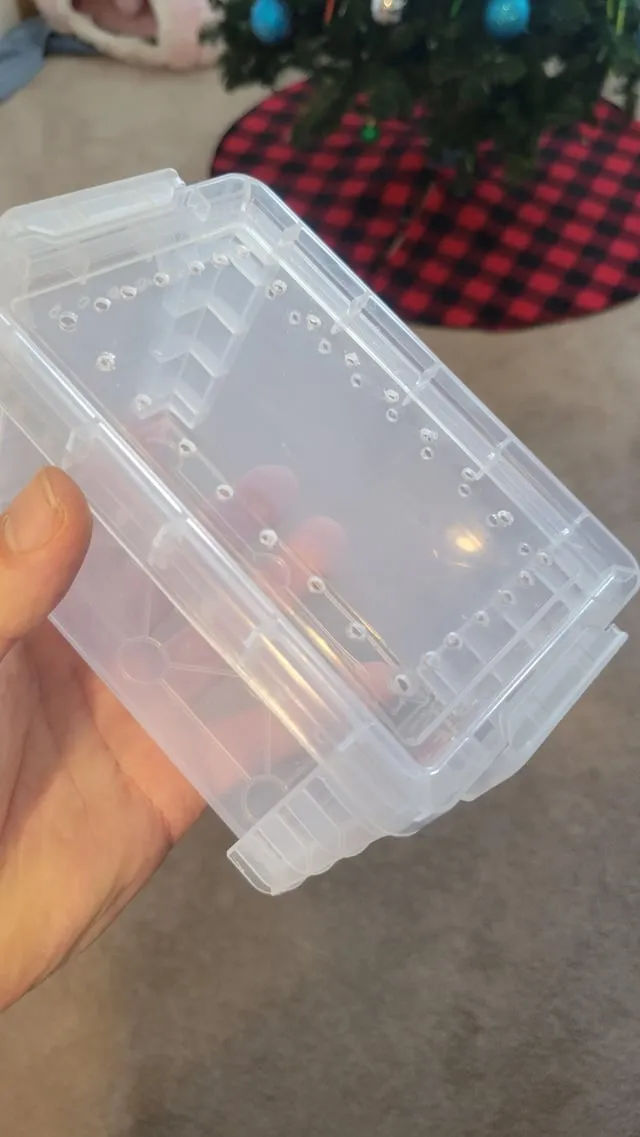
Even with the best planning, ventilation problems can sometimes arise. If you notice excessive condensation or mold growth, increase ventilation by adding more holes or using a screened lid. If the enclosure is too dry, you might need to reduce ventilation slightly and mist the enclosure more frequently. If you suspect a respiratory infection, consult a veterinarian specializing in exotic animals. Always check the enclosure for any blockages that might be hindering airflow. Troubleshooting ventilation problems involves observation, experimentation, and adjustments. It is important to remain vigilant and adapt to your tarantula’s needs to ensure their health and happiness. By following these guidelines, you can maintain a healthy and well-ventilated environment for your tarantula.
In conclusion, proper ventilation is fundamental to the health and well-being of your tarantula. By understanding the importance of airflow, humidity control, and the specific needs of your tarantula species, you can create a thriving habitat for your pet. Remember to monitor the enclosure regularly, clean it thoroughly, and make necessary adjustments to ensure optimal ventilation. With these must-knows, you’re well on your way to providing your tarantula with a long, healthy, and enjoyable life.
